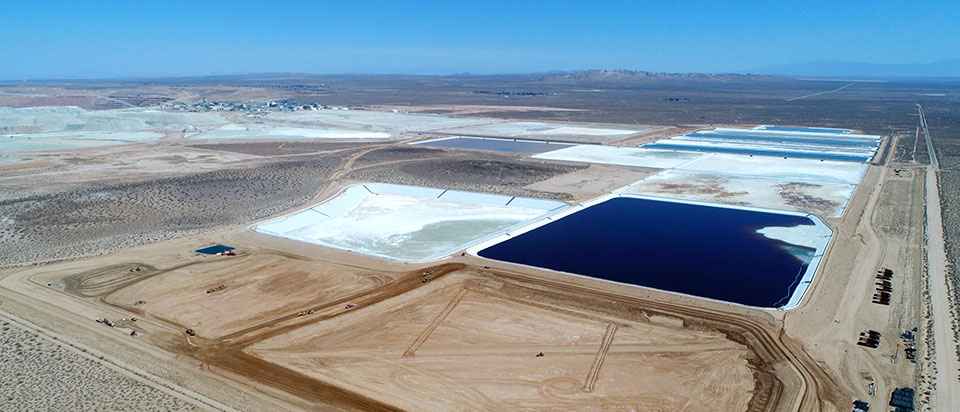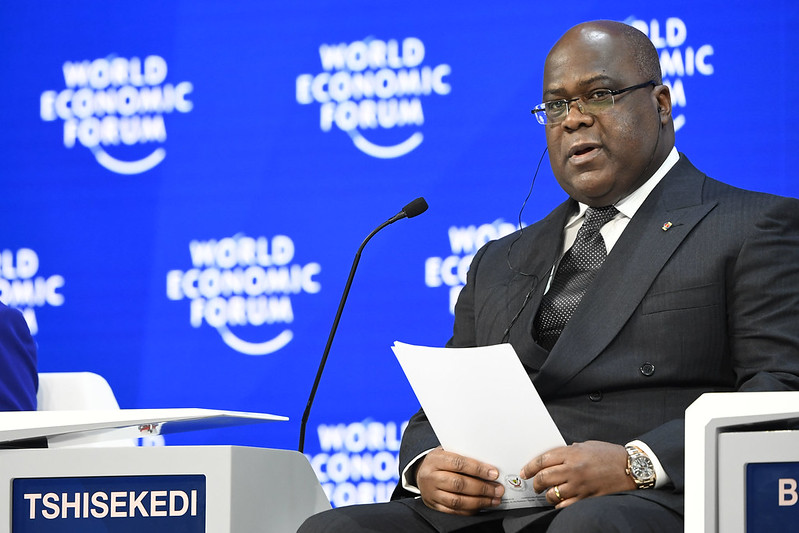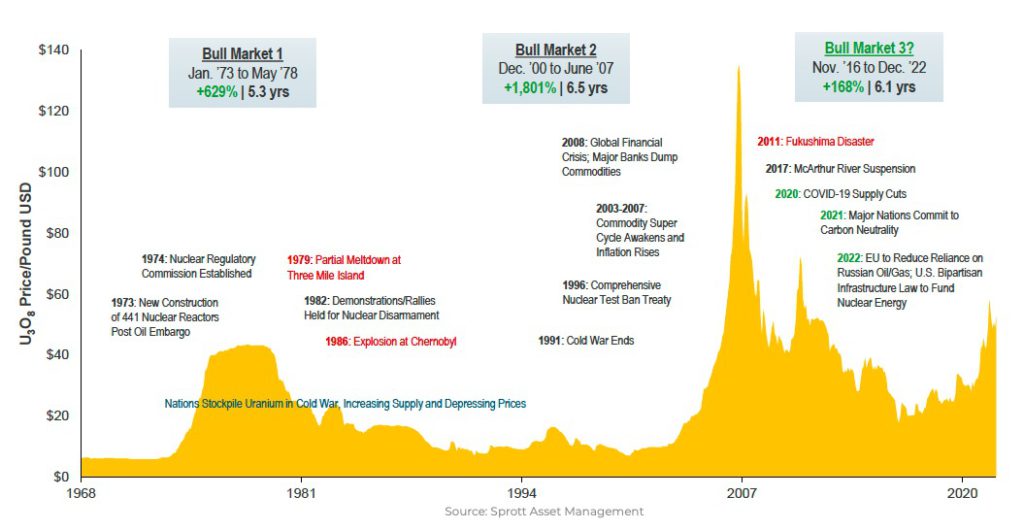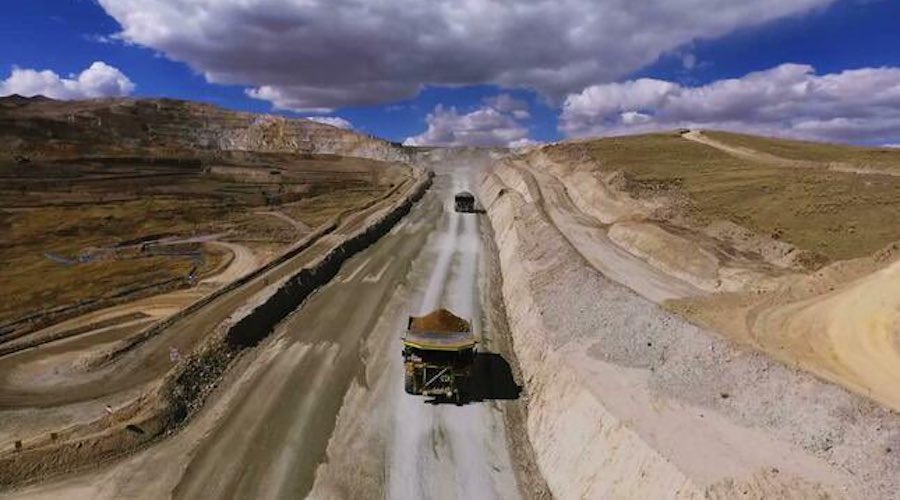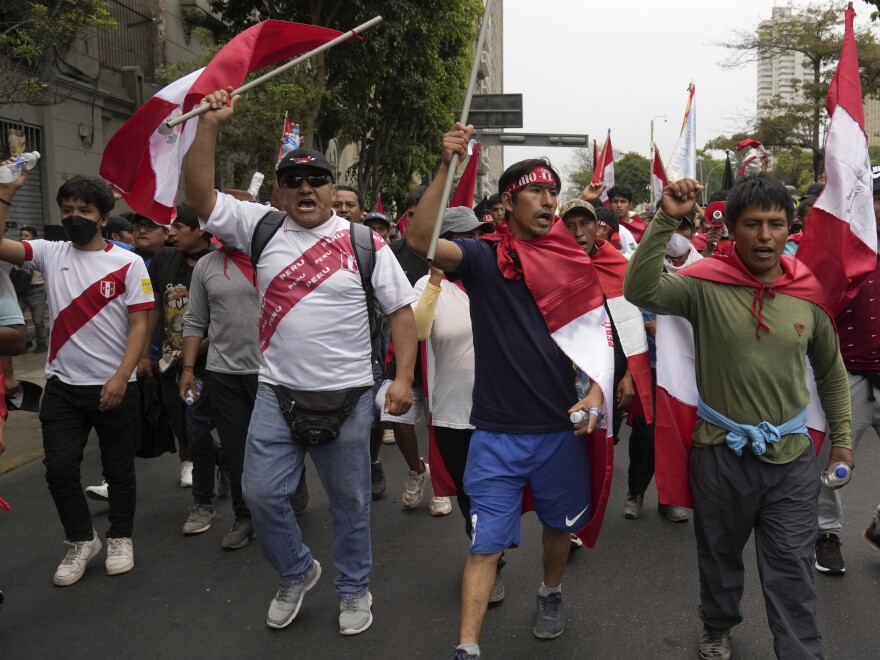Rising Steel Prices Threaten Wind Turbine Production
- Volatility in steel markets is creating additional stress for wind turbine manufacturers.
- 2022 plate prices managed to be less volatile than other steel forms.
- Wind turbine demand is particularly strong thanks to a renewed push for green energy.
Via AG Metal Miner
The Renewables MMI (Monthly MetalMiner Index) began showing signs of a possible reversal month-over-month, edging up 3.42%. Renewable resources, meanwhile, continue to see significant global investment.
MetalMiner noted in its Raw Steels MMI that steel prices found a bottom month-over-month. This impacted the renewable resources index heavily. After all, much of the index consists of steel plate, one of the main components for manufacturing wind turbines. Other parts of the index, like silicon, dropped in price. This could have been due to the rise in Chinese COVID cases, which also caused Chinese demand to falter. Ultimately, the U.S. inventory of these renewable metals remains heavily dependent on China.
Uncertain Steel Market Holds Wind Turbine Production in the Balance
Meanwhile, wind turbine construction remains dependent on steel. Therefore, having the steel market in an uncertain place creates stress for wind turbine manufacturers. Fortunately, 2022 plate prices managed to be less volatile than other steel forms. Still, many geopolitical factors remain in play, any one of which could impact plate prices in the near and distant future.
For the moment, wind turbine demand remains strong thanks to a renewed push for green energy. As a result, steel plate demand will likely remain high as well. However, Chinese steel plate buyers should stay on guard amid rising COVID cases and staggering steel production. The ongoing energy crisis in Europe also hampered both European steel production and the global wind turbine market in 2022. Thankfully, production has yet to come to a dead stop.
Companies Pushing Renewable Resources Need Metal Supply
Blastr is a Finnish steel manufacturer whose primary focus is decarbonizing steel production. Recently, the company invested 4 billion euros (or 4.3 billion USD) into a brand new green steel production facility. Blastr hopes to aid in decarbonizing the steel production chain, which would be a massive benefit to global renewable resources. However, this particular plant will not begin production until 2026. Therefore, it will not offer any immediate relief for European steel shortages or hasten global decarbonization.
While many markets have witnessed falling demand in recent months, green energy projects can’t hope to push forward without adequate supply. This is especially true of wind turbines, which are manufactured primarily of steel.
However, some renewable energy companies continue to seek steel alternatives. Aluminum, a more lightweight option, is a good fit for floating wind farms and mills, which often require lighter materials than steel. This is especially true in deep waters where anchoring windmills to the sea bed is not an option. For example, World Wide Wind, a Norwegian startup, is currently looking to use aluminum to build offshore windmills.
That said, aluminum could find itself on shaky ground regarding renewable energy uses, at least in the short term. Thanks to the recent Indonesian bauxite export ban and China raising aluminum export taxes, the long-term outlook for aluminum remains in question. If aluminum becomes squeezed down the line, it could end up being a far more expensive solution for generating wind power.
Grain-Oriented Electrical Steel MMI
The Grain-Oriented Electrical Steel MMI traded completely flat, with no change in price between December and January.
Experts anticipate that the GOES market will grow steadily throughout 2023 and onward. Despite energy shortages in places like Europe, the energy sector shows no signs of slowing down. Meanwhile, the demand for GOES and transformers will continue to rise. As other metal forms fluctuated wildly throughout 2023, GOES traded in a comparatively tight range. This was then followed by a huge spike in Q4.
By Jennifer Kary
